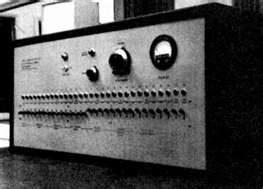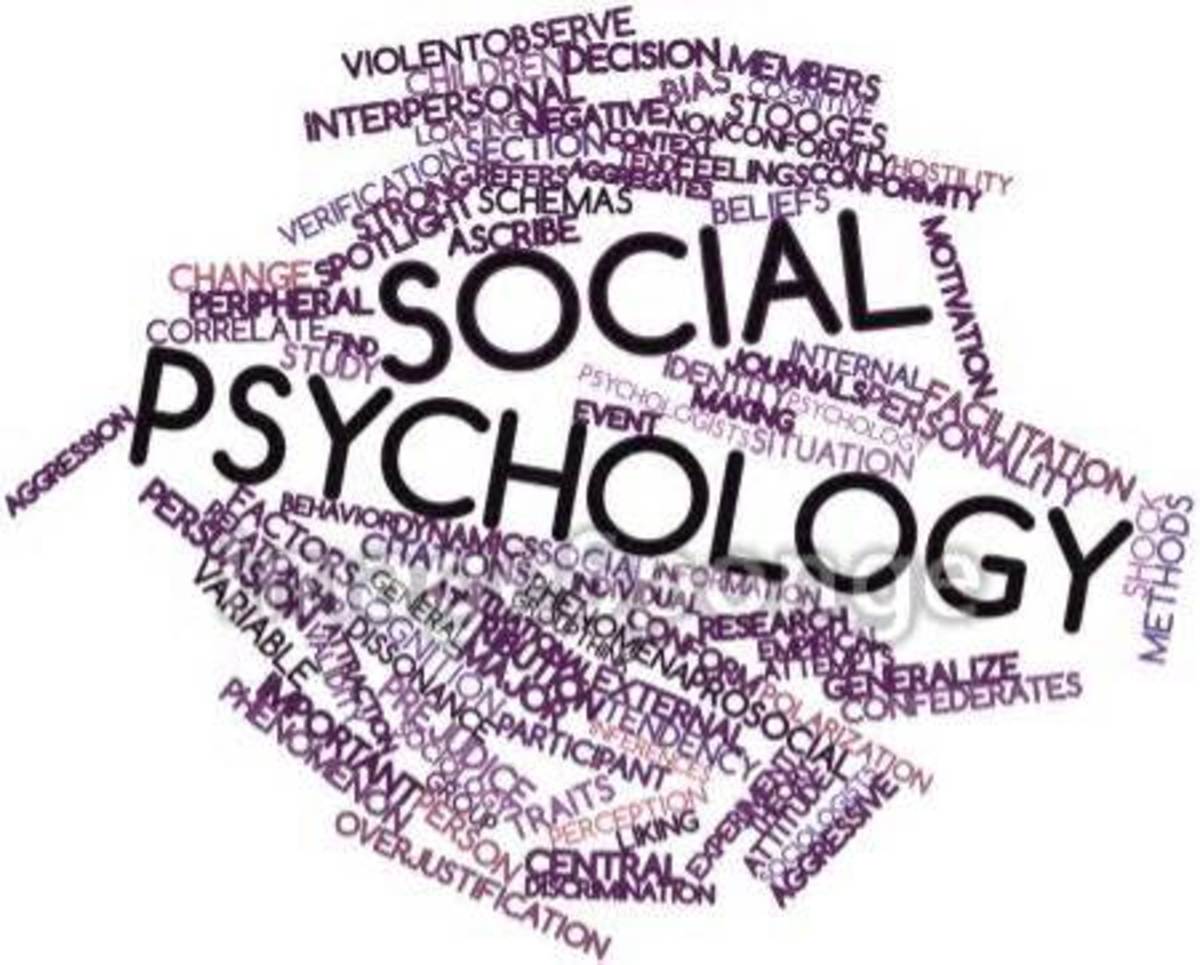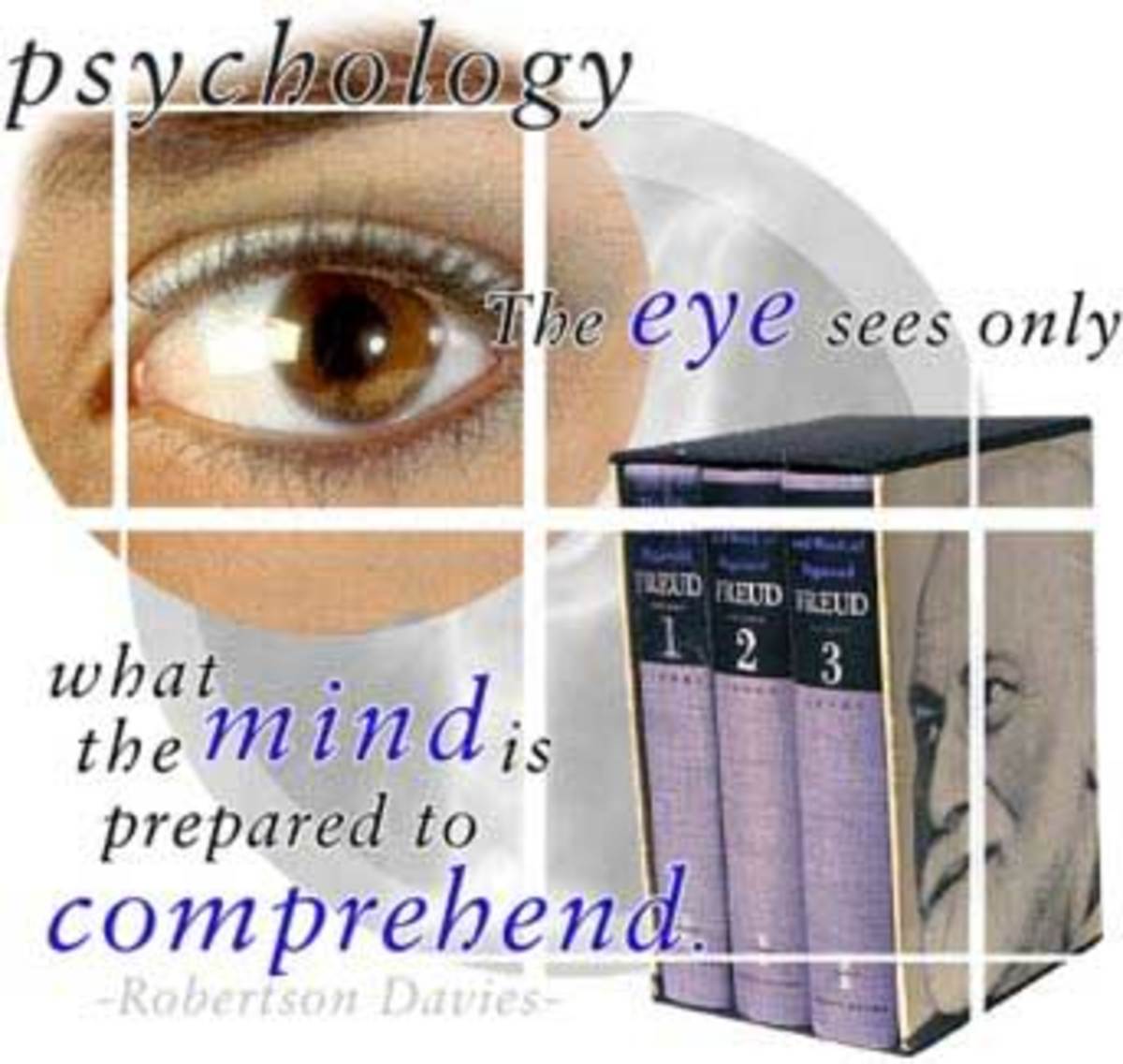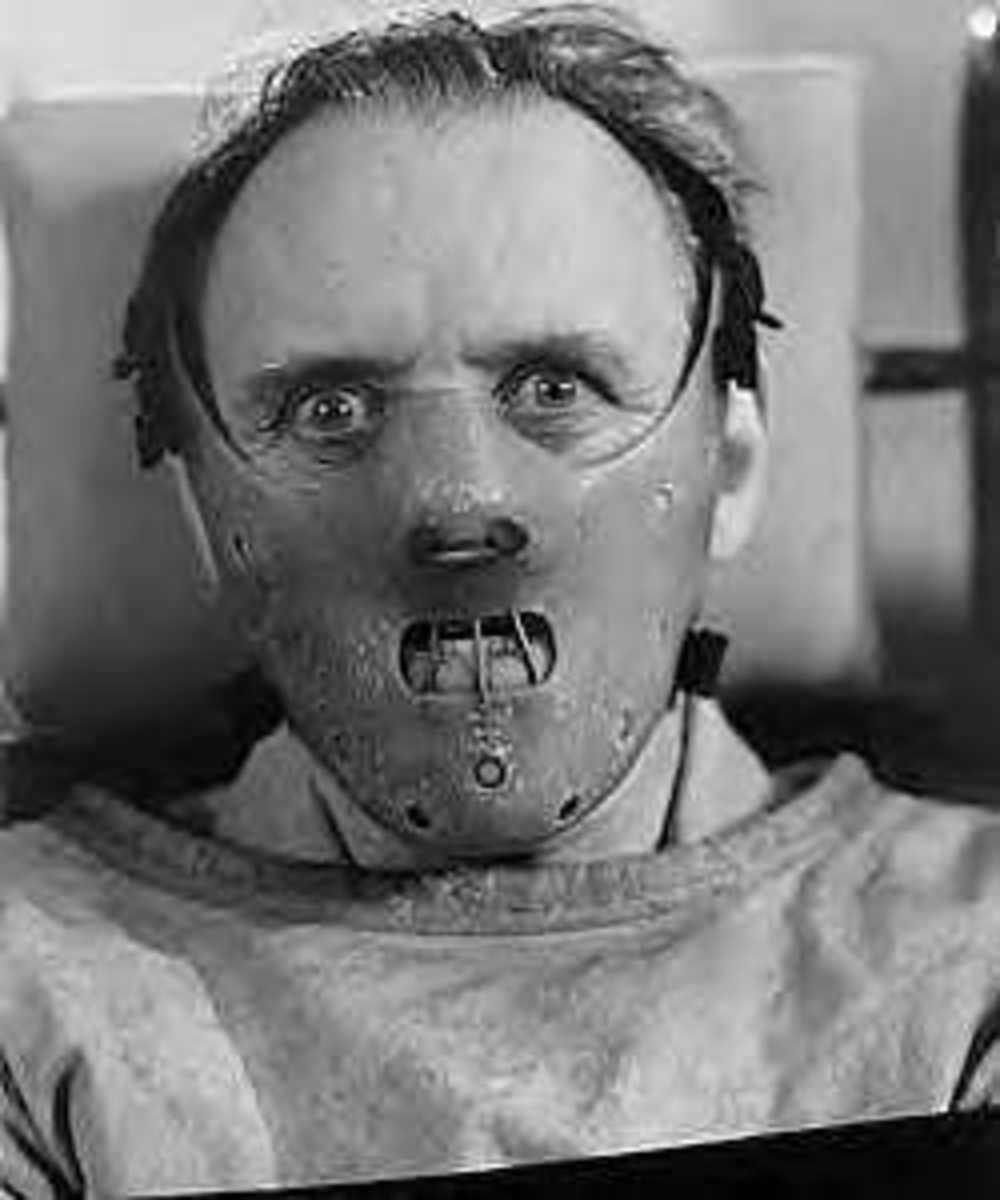The Milgram Experiment: Ideas in Psychology

What is the Milgram Experiment?
In 1963 Stanley Milgram set out on a psychological quest to understand the reasoning behind the violent genocide that occurred in World War II (Milgram, 1964). His experiment would go down in the annals of psychology as one of the most shocking and ground breaking experiment in history. To understand the experiment first you have to understand the experiment structure.
The Milgram experiment involved men between the ages of 25-40 from various backgrounds and social standing (Milgram, 1964). These men were solicited to participate in an experiment involving the effects of negative reinforcement on learning (Milgram, 1964). The participants were taken to a room with a research assistant, it was discussed who between two men would participate as the student and who would participate as the teacher. The trick was that the man picked as the student was an actor. The participants were always chosen as the teacher.
The participant and the actor were then led to a room with a shock treatment machine. The participant was given a nominal shock by the researcher to show how the machine worked. The actor was then hooked up to the machine and the participant was taken to another room where he was taught the procedure for the experiment. The teacher was told to read a list of words to the student and then have the student tell the teacher the words in the same order. If the student got an answer wrong the teacher was to give the student a shock.
The participant was required to increase the shock every time the student (actor) got a wrong answer. In reality the student (actor) was not receiving the shocks at all, however the participants did not know this fact. At various times during the experiment the actor would scream or beg to be let go. If the participant hesitated to continue the shocks the researcher would urge the participant to continue.
Milgram's Result/Finding
The results of the Milgram experiment were astounding, 65% of all the participants were willing to continue the experiment until it reached lethal shock levels (Milgram, 1964). Milgram attributed the results of the experiment to “implied authority”. In other words the researcher served as an authority figure over the participants causing them to do what they were told. Milgram applied this idea to the acts committed by the Nazi army against the Jewish people. At the time Milgram's explanation was received without debate or challenge.
Default to Primitive Behavior
What if Milgram was wrong? In studying the Milgram experiment I came up with a different conclusion. If Milgram was right about implied authority being what caused people to complete the experiment then why didn’t everyone who participated complete the experiment? Why did the 35% leave? I developed a theory I am calling the "Default to Primitive Behavior" (DPB).
At this point I would like to propose a basic truth of human nature “you cannot make a man do anything that is against his nature” without force. If something is against a man’s nature then he simply will not do it. This includes lying, cheating, stealing, harming others, and killing. I will give you an example of this: In September of 2011 a lone gunman entered the IHOP in Carson City Nevada and opened fire on the patrons. Eventually the gunman left the restaurant on foot still shooting at people running across the parking lot. A local shop owner had a gun and although he got his gun out, he could not bring himself to shoot the gunman. It was against the shop owner’s nature to kill another person.
If it is against a person’s nature to do something, they simply will not be able to complete the task. What this means is that it was not against the nature of 65% of the people in the experiment to hurt another person without provocation. This is a scary thought. It means that there is a possibility that 65% of the population is wired for violent behavior or a Default to Primitive Behavior. I propose that this is the case. The third leading cause of child death in the United States is being killed by a parent.
There are many examples of DPB in everyday life. We see this happen any time there is a riot and in countries where the people war against each other. The tenancy to DPB is what is happening any time a person throws out societal norms to commit a violent or harmful act. This default may be momentary or we may see people who continuously DPB. A majority of crimes are committed under the influence of drugs or alcohol. More research needs to be done to determine how and when DPB occurs.
Result of Experiment
The Milgram experiment has been reproduced several times with similar results. It is not a fluke that violent crime is in the news daily. The people who will not commit violent acts against other person only represent 35% of the population. This is discouraging albeit very true. Milgram in his attempt to discover a cause, discovered the darkest part of humanity.
It is my feeling at this time that the ability to hurt others is a trait. People with the propensity to DPB are 65% of the population. Eventually I will come up with a more accurate description/theory. It is difficult to proclaim this a disorder when apparently 65% of people have it. It would appear as though the 35% are the unusual group. Who are the 65%? The answer is that I simply do not know. More research needs to be done in order to establish possible DNA or statistical evidence.
As humans we are wired to survive. The description of civilized society was not always what we think of today. Primitive reactions and actions may be hidden in our DNA. I want to make a serious distinction between people who react in situations and people who simply act out. Milgram's experiment was genius because, there wasn't a reason for the participants to hate or have a fight or flight response. The participants not only could decide for themselves but they were going to get paid even if they left. When we consider that reality, there has to be something that was triggered inside these people to push them to complete the experiment.
Abuse of Power
Another factor that was never discussed in the original finding was that people were given power over another person. That power to exude dominance over another human was never discussed as a factor in the outcome. When a person is placed in a position of power, they often abuse that power although little is known about why power is abused. The Stanford Prison experiment has been sighted repeatedly for proving that people put in positions of power will abuse that power. While the legitimacy of the Stanford experiment was called into question, the fact remains that power over another person often ends in one person being subject to hostility.
The reality that the benign among us tend to not strive for positions of power may be a factor. It is possible that only those who truly seek to abuse power also become the abusers of that power. We see examples of this in countries where dictatorships occur out of social unrest. In fact Hitler himself rose to power from nothing and dominance was the objective all along. Studies and papers tend to focus on situational abuse of power rather than the nature of abuse of power. “Zombardo concluded that the situation caused the participants to behave so badly, rather than anything inherent in their personalities” (Heng, 2013, Sic). If the ability in a situation to abuse power is given, what is the ratio of people who will abuse the power? We still do not know.
Free Will
Neuroscientist David Eagleman has done extensive research on the roll of free will and how our brain makes decisions. One thing that he has determined is that all of our brains are different (Eagleman, 2013). As research progresses I expect scientist such as Eagleman will eventually unlock the mystery of why 65% of the population resorts to abhorrent behavior when given the power to do so. Until then, the debate will continue.
References
Eagleman, D. (2013, Mar 18). Does Free Will Exist? David Eagleman Discusses Human Nature In TIME. Retrieved from http://www.thelavinagency.com/news/does-free-will-exist-david-eagleman-discusses-human-nature-in-em-time-em
Heng, S. (2008, Mar 13). POWER ITSELF CAUSES ABUSE. Community Care, , 10. Retrieved from https://search-proquest-com.contentproxy.phoenix.edu/docview/223285491?accountid=35812
Gibson, S. (2013). Milgram's obedience experiments: A rhetorical analysis. British Journal Of Social Psychology, 52(2), 290-309. doi:10.1111/j.2044-8309.2011.02070.x
© 2012 MD Jackson MSIOP








